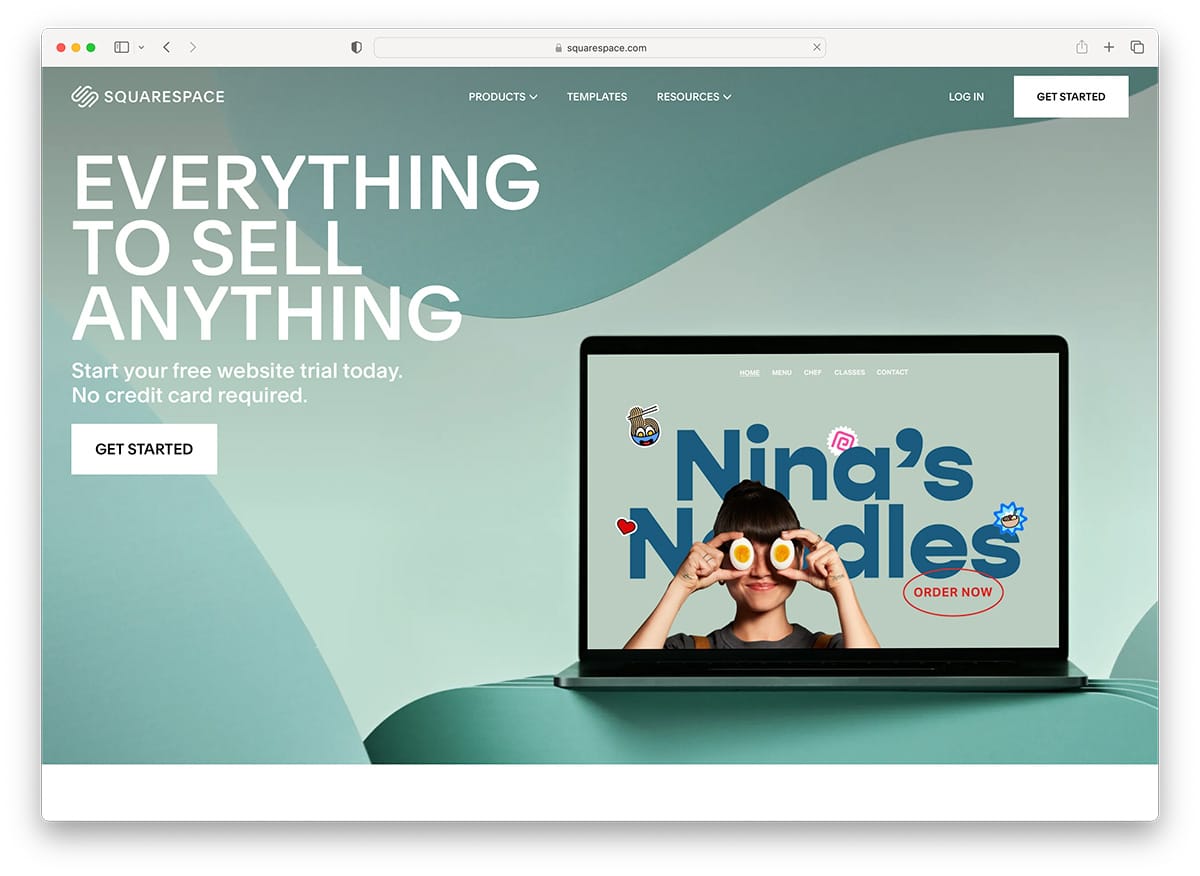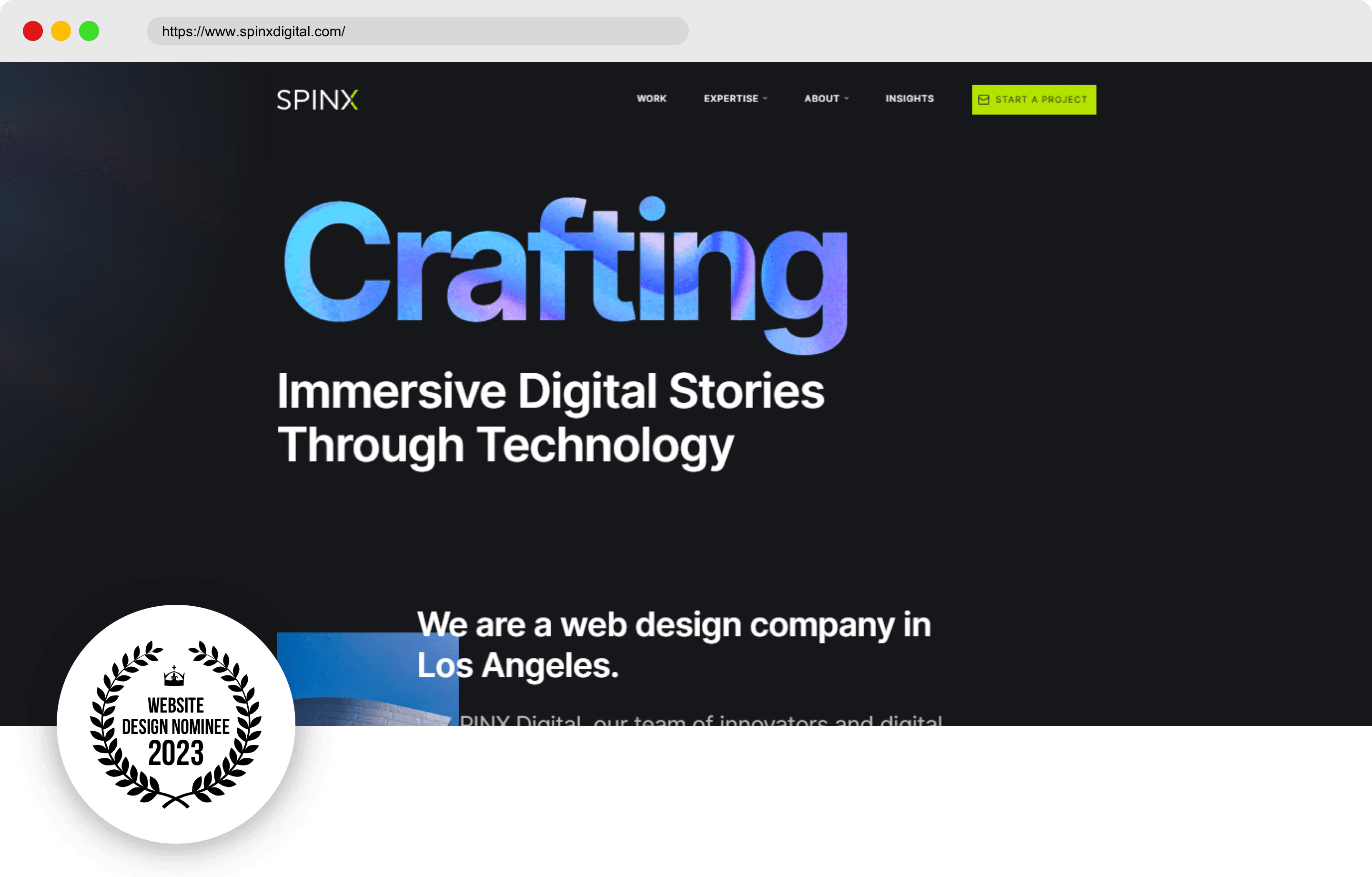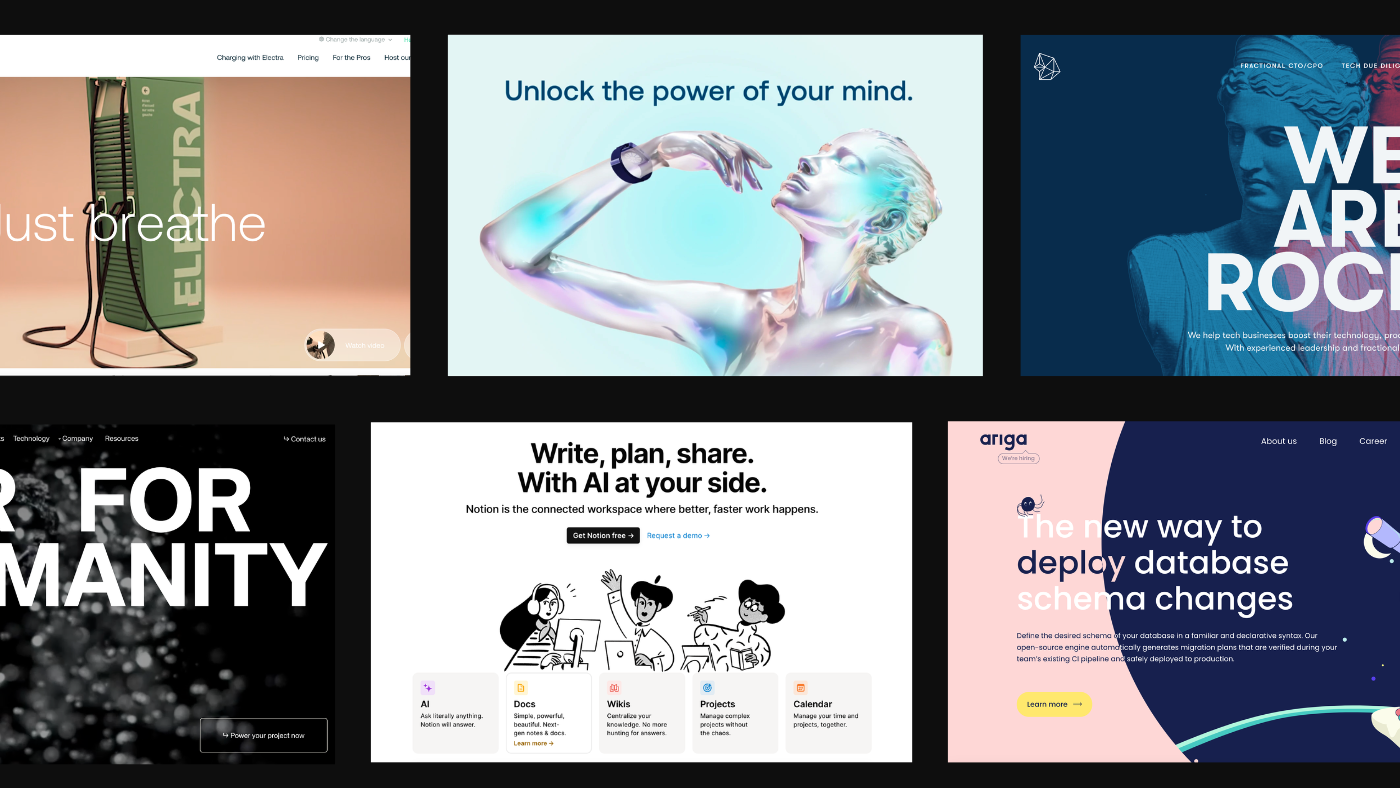Why Professional Website Design is a Key Factor in Your Marketing Strategy
Why Professional Website Design is a Key Factor in Your Marketing Strategy
Blog Article
Increase Interaction With Ingenious Site Style Solutions
A thoughtfully crafted individual experience, underpinned by calculated visual layout and interactive components, can substantially improve individual engagement. By checking out numerous methodologies such as responsive style and individualized content, companies can create a platform that not only astounds users yet likewise fosters lasting loyalty.

Understanding Customer Experience
Comprehending user experience (UX) is crucial for developing reliable website layout options, as it directly affects exactly how customers connect with digital platforms. A comprehensive UX approach encompasses various components, including ease of access, customer, and use satisfaction, all of which contribute to the total efficiency of a website.
To begin with, functionality concentrates on how conveniently individuals can browse and discover the details they seek - website design. A well-structured format, intuitive navigating, and clear calls to action are essential parts that enhance use. Access ensures that all customers, consisting of those with disabilities, can efficiently interact with the website. This includes designing material that is compliant with ease of access criteria and can be easily accessed making use of assistive modern technologies.
In addition, understanding customer personas is crucial for tailoring the experience to fulfill certain target market demands. By performing individual study and screening, developers can gather understandings that inform layout choices, making sure the site not just satisfies visual objectives however also fulfills functional needs. Ultimately, a thoughtful technique to UX style fosters involvement, motivates retention, and boosts total user contentment, which are crucial for the success of any digital platform.
Visual Design Strategies
Incorporating effective aesthetic layout approaches is important for capturing individual interest and improving the total individual experience on a web site. A well-balanced visual pecking order overviews individuals through the material, permitting them to conveniently browse and soak up info. This can be accomplished with the tactical use typography, color systems, and spacing, which jointly produce a appealing and natural format.
Color plays an essential function in developing and stimulating feelings brand identification. Using a well balanced shade scheme that lines up with the brand's ethos can foster experience and trust. Furthermore, integrating high-quality pictures and graphics boosts aesthetic appeal and can substantially enhance user interaction.
Whitespace, typically neglected, is just as important as it allows web content to take a breath and protects against frustrating users with clutter. It assists in easier analysis and comprehension, leading to a more pleasurable surfing experience.
Last but not least, consistency in style elements-- such as switch designs, font styles, and symbols-- makes certain a smooth user journey, enhancing the brand name's professionalism. By tactically carrying out these aesthetic style strategies, web sites can not just bring in visitors however additionally encourage them to stay longer and engage more deeply with the web content.
Interactive Elements for Engagement
Engaging users efficiently commonly rests on the application of interactive aspects that invite engagement and promote a dynamic surfing experience. These aspects, consisting of tests, surveys, and interactive infographics, motivate customers to actively participate as opposed to passively eat content. By incorporating such functions, websites can not just capture attention yet additionally enhance customer retention.

Gamification is one more powerful technique. Including game-like aspects, such as success or benefits for completing tasks, can transform ordinary communications into pleasurable experiences. This method not just improves engagement but additionally urges customers to return, producing a devoted target market.
In addition, interactive aspects can help with social sharing, amplifying an internet site's reach. Functions like remark sections, share switches, and user-generated content areas foster neighborhood communication, transforming site visitors into energetic individuals. website design. Eventually, the calculated use interactive elements is crucial for developing a engaging and engaging internet site that reverberates with individuals
Flexible and receptive Style
A well-designed site must focus on flexible and receptive design to ensure optimum customer experiences throughout a variety of gadgets and screen dimensions. Responsive style employs fluid grids and flexible photos, permitting the format to immediately change based upon the visitor's display size. This method makes sure that individuals can conveniently browse and interact with the content, no matter whether they are making use of a tablet, mobile phone, or desktop computer .
On the other hand, adaptive style uses predefined designs that are customized to details gadget groups. This implies that the internet site finds the kind of device being made use of and offers the proper format, which can boost filling times and optimize the display of essential elements. While both strategies intend to improve use, responsive style is typically preferred for its fluidity and smooth change in between tools.
Incorporating receptive and adaptive design not just enhances customer satisfaction but also favorably affects online search engine positions. Online search engine focus on mobile-friendly sites, therefore increasing presence and drawing in more site visitors. For that Resources reason, buying these layout techniques is important for businesses looking to involve their audience efficiently and preserve a competitive side in today's digital landscape.
Studying Individual Responses and Information
Individual comments and data analysis are crucial parts of reliable site design, as they offer valuable insights into customer actions and preferences. By systematically accumulating and examining individual responses through studies, usability screening, and analytics tools, designers can identify pain factors and locations for enhancement. This data-driven approach makes it possible for services to adjust their site aspects, making sure that the customer experience aligns with audience expectations.
Analyzing metrics such as bounce prices, time on web page, and click-through rates provides a quantitative perspective on individual involvement. These metrics help developers determine which content reverberates and which locations might require optimization. A/B testing can be utilized to evaluate variants in style, permitting designers to make enlightened decisions based on user communications.
Including customer responses not just enhances site use yet also promotes a feeling of area and depend on. Engaging with users with feedback loops cultivates commitment and urges repeat sees. Inevitably, leveraging customer comments and information evaluation is essential to creating a dynamic, user-centered website that adapts to evolving user demands and preferences, thus driving higher engagement and fulfillment.
Verdict

An attentively crafted customer experience, underpinned by strategic visual layout and interactive elements, can dramatically enhance customer interaction.Integrating efficient visual style strategies is vital for capturing customer attention and boosting the overall individual experience on a web site.User feedback and information analysis are vital elements of effective internet site layout, as they provide beneficial understandings into individual behavior and preferences. Eventually, leveraging customer responses and data evaluation is indispensable to producing a dynamic, user-centered site that adapts to progressing customer demands and choices, therefore driving higher interaction and fulfillment.
In verdict, ingenious web site design solutions considerably enhance customer engagement by prioritizing user experience, using efficient aesthetic methods, and incorporating interactive aspects.
Report this page